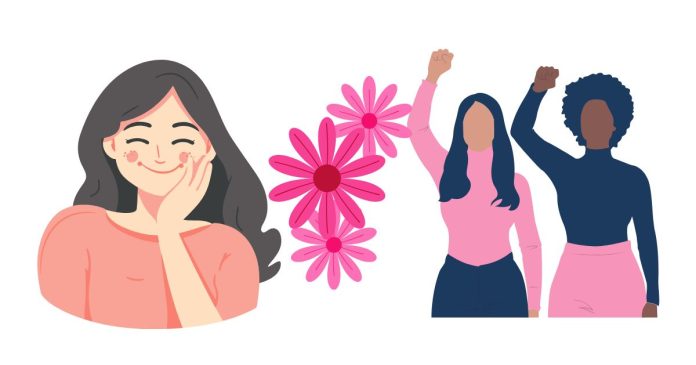When it comes to human sexuality, there are many myths and misconceptions about how men and women experience desire. A common question that arises is whether women get “horny” as often and as intensely as men. The answer is not straightforward, as sexual desire can vary widely between individuals, regardless of gender. Let’s explore how desire works for both men and women and consider the factors that influence sexual attraction.
Understanding Sexual Desire
Sexual desire, often referred to as libido, can be influenced by many factors, including biology, psychological state, relationship dynamics, and cultural influences. While men and women may experience sexual desire differently, both genders can experience strong feelings of attraction and arousal.
Are Men’s Sexual Desires More Frequent or Intense?
It’s often believed that men have a higher sex drive than women, and while there is some truth to this generalization, it’s important to understand the reasons behind it. Men typically have higher levels of testosterone, a hormone that plays a significant role in sexual desire. This hormone is often linked to more frequent and intense feelings of arousal. As a result, some studies suggest that men may have more spontaneous sexual thoughts or feel the urge to engage in sexual activity more frequently than women.
However, this doesn’t mean that men’s desire is always more intense—it simply means that the frequency and immediate physical responses may be more prominent for some men.
Women’s Sexual Desire: More Complex and Contextual
For women, sexual desire can be more fluid and influenced by a variety of factors such as emotional connection, relationship satisfaction, and overall well-being. Many women report that their sexual desire is not as spontaneous or constant as men’s, but rather it is more contextual and often tied to emotional intimacy.
Factors such as stress, mood, and hormonal fluctuations (like those related to the menstrual cycle or pregnancy) can also affect a woman’s libido. In some cases, women may experience intense desire during certain periods of their cycle or in response to deep emotional or physical connection with a partner.
The Role of Emotional and Psychological Factors
Both men and women’s sexual desire can be greatly influenced by emotional and psychological factors. For example, stress, body image issues, and mental health challenges like depression or anxiety can significantly affect libido for both genders. That being said, many women report that emotional connection and feeling understood by their partner play an important role in their arousal and sexual satisfaction. In contrast, some men may be more driven by physical cues and immediate arousal triggers.
It’s Not a One-Size-Fits-All Answer
When it comes to sexual desire, there is no universal rule for how often or intensely men or women experience arousal. While men may experience more frequent and immediate desire due to biological factors, women can experience equally intense desire, though it may be more influenced by emotional or situational factors.
Ultimately, both men and women are capable of experiencing rich, fulfilling sexual desires that are influenced by a variety of factors—biological, emotional, and psychological. Sexuality is unique to each person, and comparing the experiences of men and women only scratches the surface of understanding the complexities of human desire.
So, while the answer to the question might vary for each individual, one thing is clear: desire and arousal are personal experiences that go far beyond gender.


